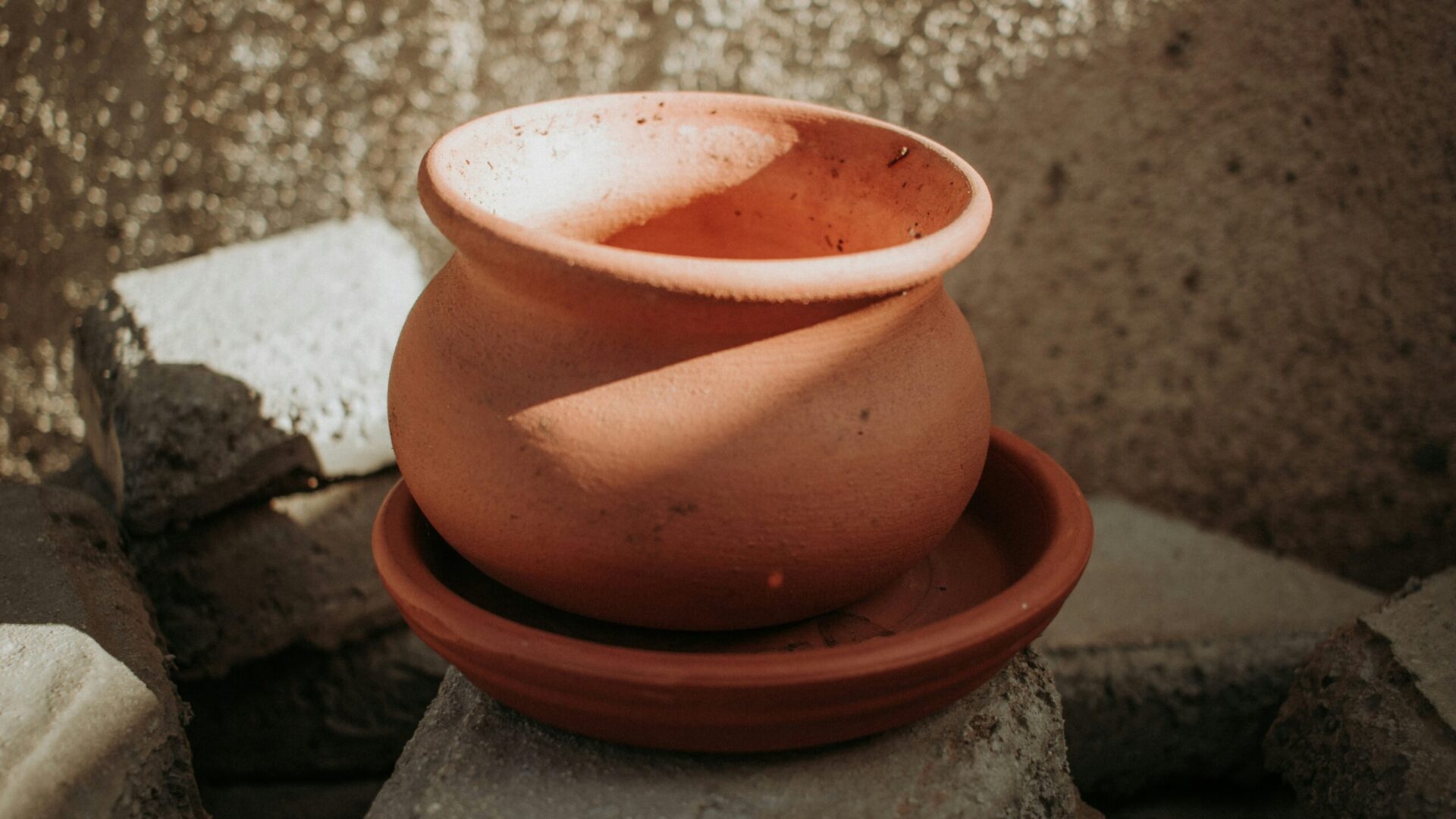Craft teaches us about complexity in our social systems and meanings, what we deem relevant, our economic systems and our histories. To understand the complexity and multiplicity of craft is to know that there isn’t a definitive answer. Traditional archives do not hold craft in a way that allows the practice, the object, and artisan, to have its full meaning and historical context not only to remain with them but to allow them to move through the present and into the future. To place a crafted piece in a museum is to crystalize it in time, as something ancient, as something that can only be admired at a distance. Museum labels cannot tell us how the materiality of an object and its connection to the hands that made it and the land that sourced it came to be. The practice of craft, in this case ceramics, does not fit into a traditional archive. They also don’t fit into a museum. When you remove the object from its intended uses and place it in a glass container or file it away, you remove it from its context and its meaning. However, it is important to tell these stories and honor their knowledge and memory. Craft, therefore, creates its own archive. One that places value on both the tangible and intangible. The archive that craft creates is alive and mobile, and it cannot be trapped within archives or museums.

